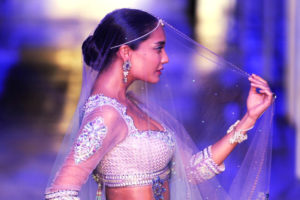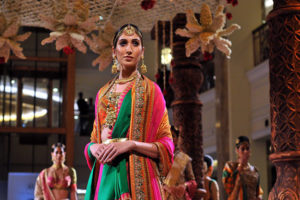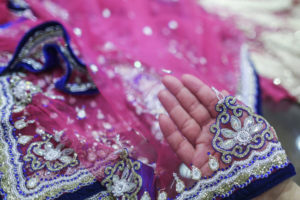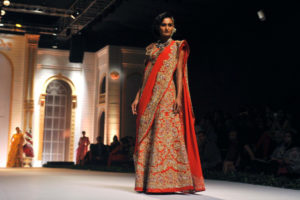All things considered, receptions can turn out to be the most difficult piece of a wedding with the presence of such huge numbers of uncontrolled factors. You are stuck in a low light scene, compelled to work with the DJ’s light setup, and you have no choice but to adapt. Here are 10 tips to help you to conquer any conceivable lighting obstacles that get in the way of delivering exceptional images to your customers:
1. Evaluate The Situation and Place Your Lights
Stroll into the scene and address where the issue zones are; you are setting yourself up for success just by getting ready for what’s to come. Most lighting circumstances cause photograpers worry because of absence of readiness for the scene they’re shooting in.
Place flashes in the furthest corners of the room, where you know you will require a knock of light or in territories that require a backdrop illumination to haul subjects out from dim backgrounds. Raise them to around 6 feet to abstain from having shadows thrown from any of the situated visitors, and zoom them the distance in to keep any light spill.
2. Match The Color Of Light
There is no reason for including light if it isn’t the right kind. Match your on-camera flash and off-camera flash to the current light in the room. Contingent upon the temperature of the surrounding light (Tungsten, Daylight etc.), dial in a Custom Color Temperature setting in-camera to offset the light in your scene.
3. Light Modifiers
Since your essential extra light is in all probability going to be your on-camera flash, you should need to consider utilizing a strategy for diffusion so you won’t have solid features regarding your matters. Then again, you’ve set your off-camera flashes in the most distant corners of the room on low power as to maintain a strategic distance from any light spill and give you light direction. You have the alternative of gridding your off-camera flashes to make a more guided and directional light source.
4. Dial In Your Camera Settings
This step is left to preference since it will shift contingent upon your accessible surrounding light and the intensity of your camera. In low light circumstances, we shoot at around 1/200th of a second, at anywhere from ISO 800-3200. Your aperture is reliant on which lens you are utilizing yet remember you need a wider aperture to let in more light.
5. Bounce Your On-Camera-Flash Off Of Ceilings And Walls
Most photographers make the assumption that they are getting the most out of their on-camera flash by bouncing it off the ceiling. In most venues where there are low white ceilings this proves true, you may end up at a setting with dull wood or painted ceilings, in which case you have to make utilization of your environment and discover walls or items to bounce to your light off of.






